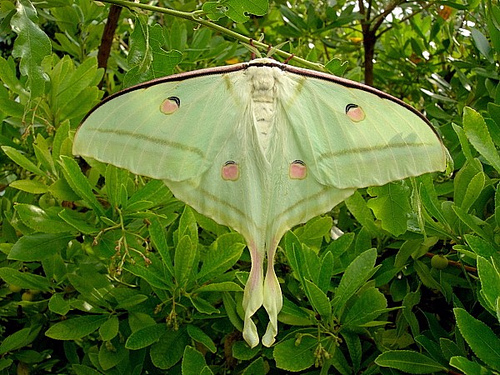FWP:
SETS
CANDLE: {39,1}
WINE: {49,1}
In {49,1} there's a 'wine-duck', which was apparently some kind of actual vessel, even though none of the commentators seem very sure; there's also, in that whole ghazal, the movement of a 'wave of wine'. Here, by contrast, we find a complex interplay of elements: wind, fire, water, all imagined as dependent on each other.
In the first line, the wing of the Moth is depicted not as creating a breeze, such as would be needed by the sail of a ship, but as being or becoming the actual sail itself. At least, this is what 'perhaps' may occur; the expression is a bit tentative. And indeed it's not at all obvious why it should be so. The moth's wing is so tiny that it doesn't seem to commend itself as a sail, and although we can always connect the Moth to wine (intoxication of passion, etc.), why would we connect its wing with a ship?
Under mushairah performance conditions, we have to wait a suitable while in anticipation, before hearing the second line that will shed more light on the situation. But when we hear the second line, it's conspicuously elliptical: it has nothing at all to say about Moths, candles, or boats. It's only in our minds, not in the verse itself, that the connection is to be found, and only through the power of suggestion or implication.
We realize that the wing of the Moth carries him into the candle, where his fiery death becomes, both literally and metaphorically, fuel for the brightness of the evening. As the party becomes 'hot', its warmth then causes the movement of the going-around of the wine-flagon, just the way the fast-beating heart causes the blood to 'circulate' more quickly. The Moth is the source and emblem of this heat. All this is left for us to put together for ourselves, since the two lines of the verse give us no guidance at all as to how they should be connected. This is not exactly wordplay, but fancy and free association, mind-play and meaning-play of some casual, enjoyable kind; the 'perhaps' emphasizes the playful, light, speculative nature of its conclusions.
The two occurrences of par , placed
so closely together, also create a nice effect of fluttering. Compare {188,3x}, with its different unorthodox use of the wing of the Moth.

Nazm:
Where a gathering would be 'warm', there the presence of a Moth would be necessary, and when the warmth of the gathering is the cause of the going-around of the flagon, then perhaps the wing of the Moth is the sail of the boat of wine, since only because of the Moth does the warmth of the gathering exist. (180)
== Nazm page 180